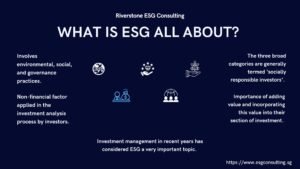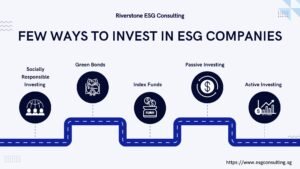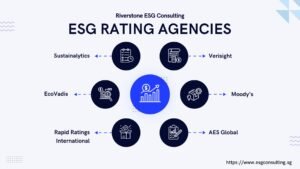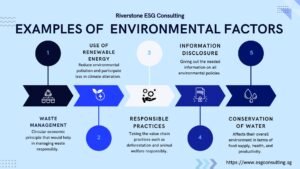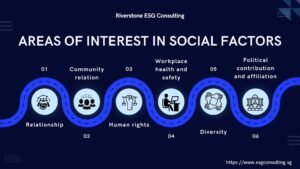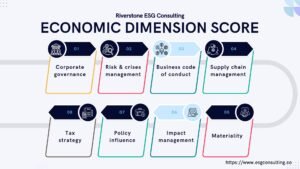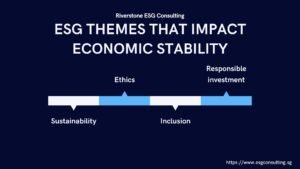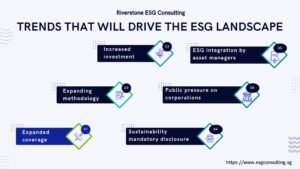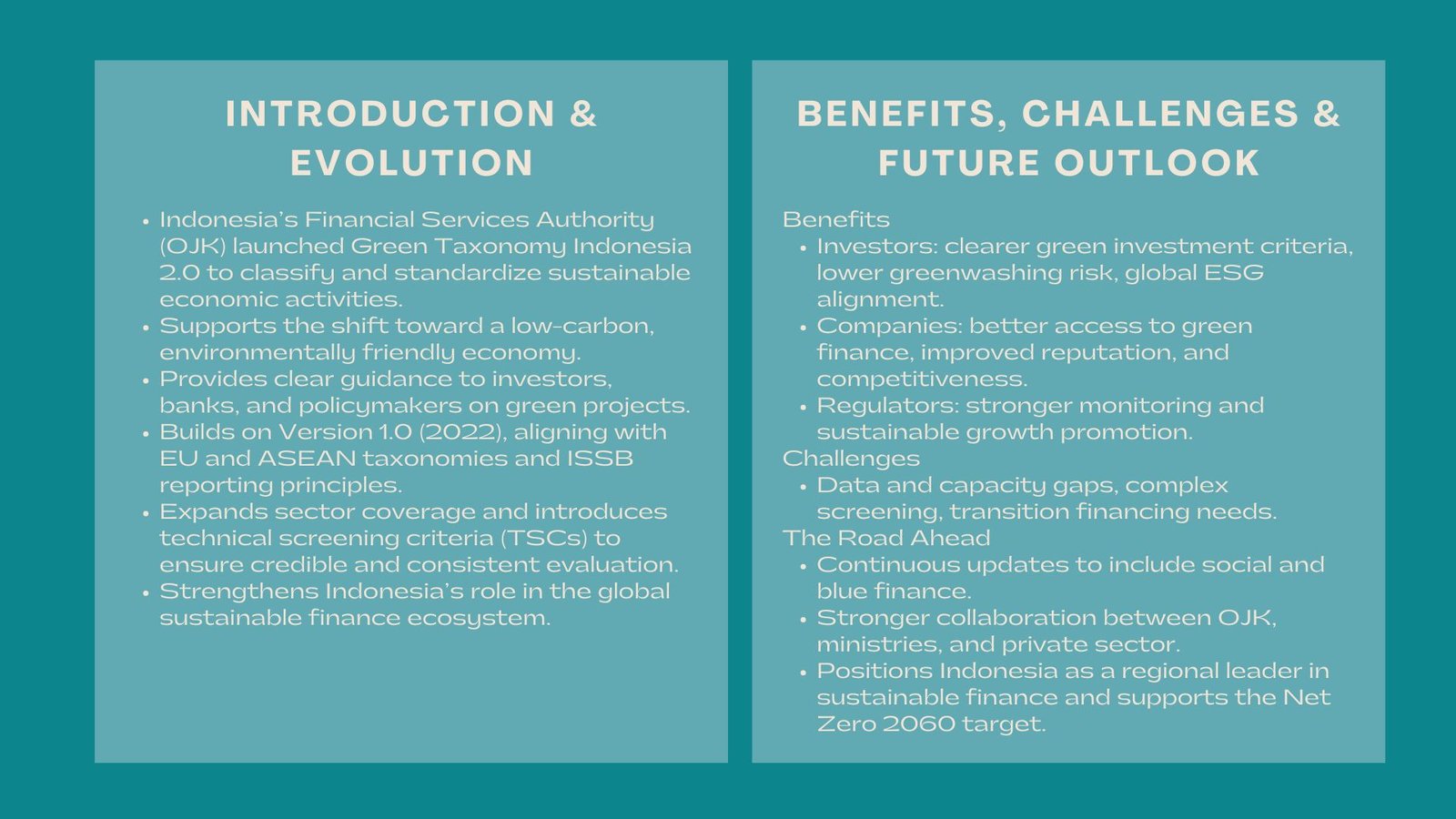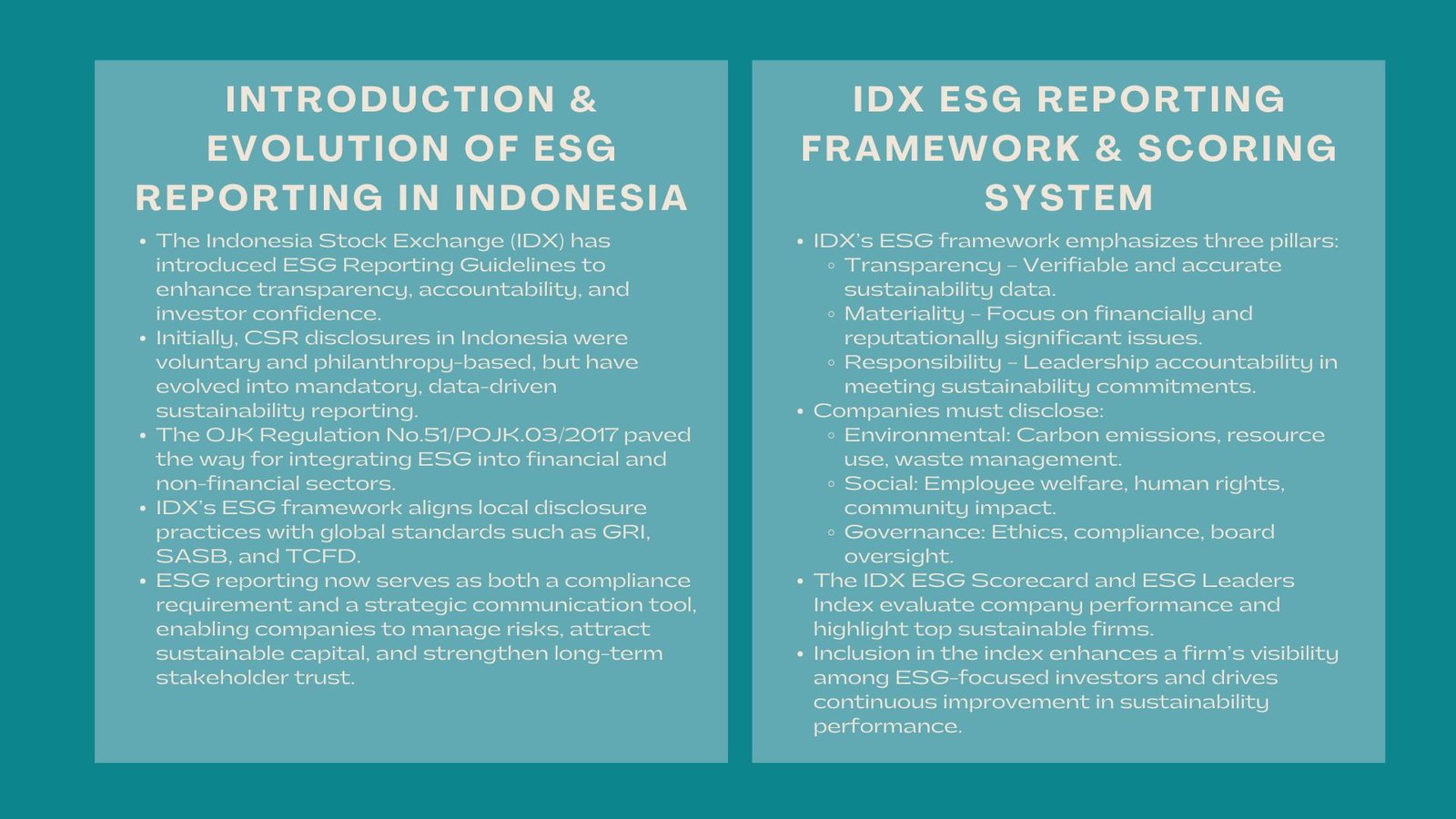ESG Integration in Singapore’s Financial Sector
Introduction to ESG Integration Training Singapore Financial Sector
Financial industry Singapore is the epicentre of the transformation of sustainability in the region. With increased pressure on financial institutions to provide more transparency and accountability, Environmental, Social, and Governance (ESG) principles are increasingly being requested to be incorporated by the financial entities into their operations, products and decision-making processes.
Regulators, policymakers and participants in the market have been collaborating in the last few years in order to entrench sustainability into financial ecosystem. This step is not just a compliance step but a move to resilience and long-term value generation and a responsible management of capital. ESG integration is not only an ethical requirement but a strategy imperative to the financial industry in Singapore. This topic is ideal for professionals seeking Singapore ESG Finance Training Programs to enhance their expertise in sustainable finance and responsible capital management.
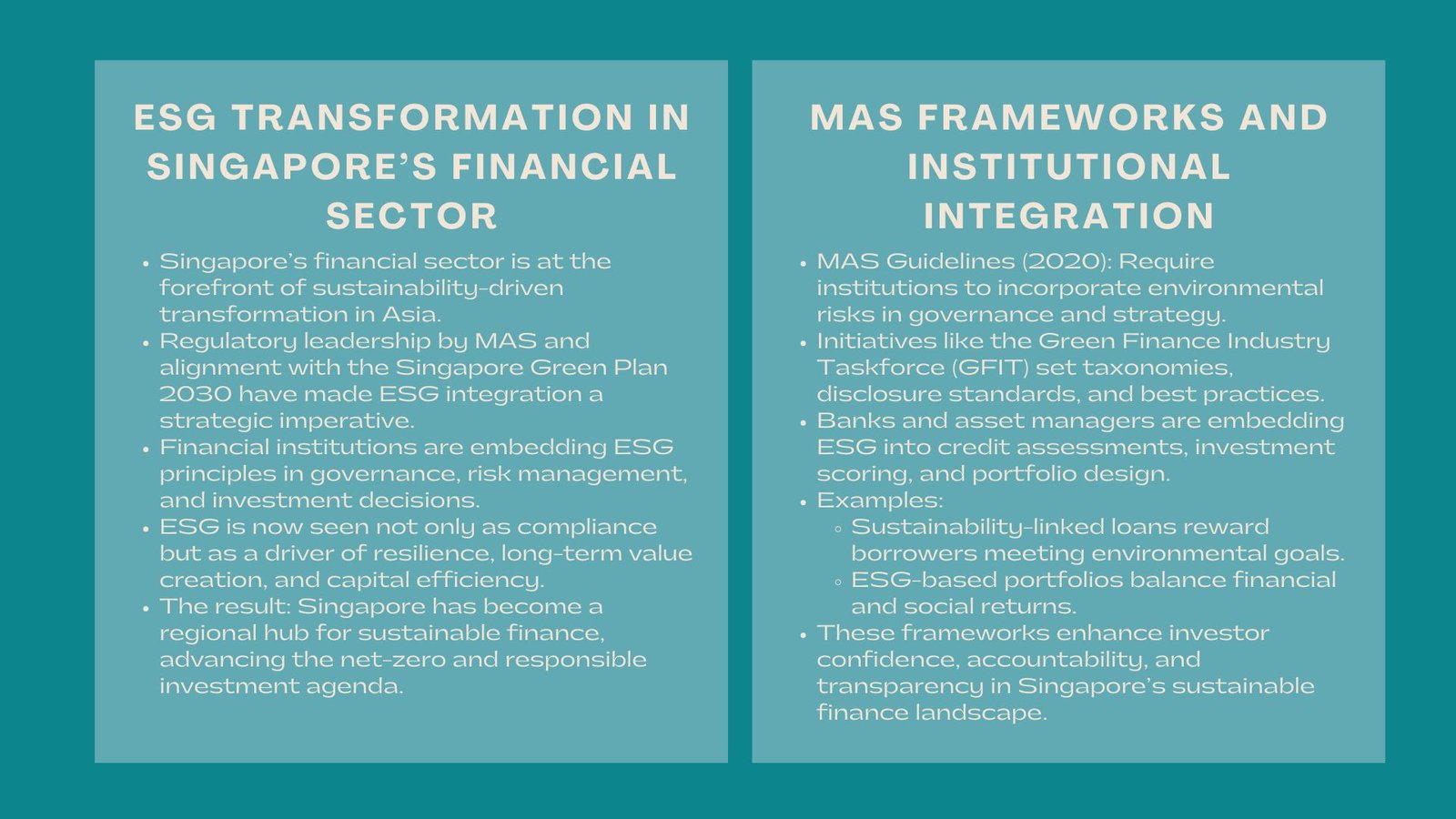
The ESG Emerging in Singapore Finance Scene.
Singapore is very keen on ensuring that it adopts sustainability in its national policies, as well as in its financial market programs. The Monetary Authority of Singapore (MAS) has been instrumental in promoting the use of ESG in banks, insurers and asset managers.
The financial ecosystem of the city-state is undergoing changes regarding the frameworks of green bonds and guidelines related to climate-related risks, and it is being rearranged to fit the requirements of the Singapore Green Plan 2030 and the global net-zero agenda. Financial institutions have now been obligated to determine environmental risk in addition to customary credit and market elements and the sustainability fact must be incorporated in all levels of decision-making.
The result of this development has made Singapore the leader in sustainable finance in Asia and made it a regional center of ESG-sensitive innovation and investment.
MAS Leadership and Regulatory Frameworks.
In 2020, the MAS provided detailed guidelines to make sure that environmental risk is taken into account by the financial institutions in their governance, strategy, and risk management frameworks. These guidelines demand boards and senior management to become responsible towards environmental concerns and to consider ESG in the organization culture and strategy.
As another measure to enhance accountability, MAS also initiated such programmes as the Green Finance Industry Taskforce (GFIT) that comes up with taxonomies, disclosure standards, and best practices in sustainable finance. These frameworks do not only give clarity to financial players but it also boosts investor confidence in the credibility of the ESG market in Singapore.
These regulatory platforms have also increased the pace of following through on sustainability-related financial products, leading capital to flow to low-carbon and socially responsible undertakings.
Integrating ESG in Institutional Strategy.
In reality, the concept of ESG integration starts at the strategic level. It implies that most banks and investment companies should re-evaluate conventional risk models and restructure their portfolios in line with long-term sustainability purposes.
Climate change is starting to emerge as a tangible financial threat to many institutions that may affect the value of assets, creditworthiness and business sustainability. Consequently, they are engineering in-house systems to measure the exposure to high-emission industries and they are investing in renewable energy, sustainable infrastructure and social impact investment.
The emergence of financial institutions ESG integration strategies and sustainable finance practices in Singapore has been central to this transformation. Banks and asset managers are frenziedly integrating ESG measures into credit evaluation, investment vetting and performance management.
As an example, sustainability-linked covenants can now be part of loans that will reward borrowers who achieve quantifiable environmental goals. Equally, asset managers are using ESG score in building portfolios, and investments are meant to gain financial and social benefits.
Green Data Statistics, Technology and ESG Measurement.
The most important issue in ESG integration is the data collection and verification. Risk and impact evaluation requires accurate, reliable, and similar ESG data. The financial institutions in Singapore are also trying their best to invest in technology platforms that are capable of aggregating, analyses and reporting sustainability metrics to a greater degree of precision.
The monitoring of environmental footprints, evaluation of the resilience of supply chains, and quantifying climate-related risks are being done using artificial intelligence and data analytics. Cooperation between the regulators, technology providers and financial institutions is assisting to enhance data transparency within the industry.
Moreover, the initiatives of standardization (the creation of a green taxonomy and compliance with the International Sustainability Standards Board (ISSB)) are making sure that ESG disclosures can reach international standards. This does not only increase investor confidence but also enables the Singaporean firms to compete globally.
Risk Management and Resilience Building.
Another significant step toward this direction is the implementation of the ESG in financial risk management. Conventionally, the risk assessment models dwelt on brief credit or market exposure. These models are being broadened today to encompass any physical risks associated with climate eventualities, transition risks that come with changes in policy, and reputational risks that are brought about by unsustainable practices.
The banking and investment sector ESG implementation frameworks in Singapore are being designed to manage these risks systematically. Banking institutions are now including climate scenario analyses in their stress testing and are writing up policies that are directing the financing of the carbon intensive industries.
This change is fueling the redistribution of capital to more sustainable activities like renewable energy, green buildings and electric mobility. It also makes the financial system of Singapore dependable towards the economic disturbances brought about by climate change.
Green Products and Sustainable Investment Advancement.
The green finance ecosystem in Singapore has grown very fast. Banking institutions are also providing products like green bonds, sustainability-linked loans and ESG-themed investment funds. Not only these instruments ensure that financial targets correspond to the sustainability performance but also it gives concrete reasons that might prompt companies to enhance their performance regarding ESG.
The Green Finance Action Plan of MAS has played a crucial role in promoting innovation in that regard. The initiative has enhanced the sustainability of the financing of green fintech solutions by offering regulatory support and co-funding in Singapore to establish it as a sustainable finance hub in Asia.
The asset managers, especially, are using ESG integration to appeal to long-term responsible returns that attract long-term investors. The combination of regulatory support, market demand, and innovation is driving the transition towards a more inclusive and environmentally aware financial ecosystem at a faster pace.
Developing ESG Integration Capacity and Talent.
Human capital is one of the critical facilitators of sustainable finance. Banks and other financial institutions are investing in capacity building and training programs to increase ESG skills within the bank. The sustainability reporting courses, environmental risk management courses, and green financing courses are assisting the professionals to learn the details of the integration of ESG.
University ESG consultancy services in partnership with industry associations and ESG consulting firms are also contributing immensely to reinforcement of talent pipelines. Through fostering sustainability-oriented leadership, Singapore is making sure that its financial sector has the skills and resources to bring about the long-term change.
Difficulties and Future Projections.
There are still a number of challenges despite the high level of advancement. Access to regular ESG information, the necessity of the global standards and the inclusion of ESG indicators into the archaic systems are still the challenges.
Nonetheless, these are not overwhelming challenges. The financial industry in Singapore stands a good chance to beat them with further regulatory guidance, collaboration between the government and the business sector, and use of technology. The continued development of sustainable finance taxonomies and the use of ISSB-compatible reporting frameworks will increase the strength of the ESG ecosystem in the country.
ESG integration will no longer be a compliance activity, but in the future will be part and parcel of how financial institutions will define value, evaluation of performance, and innovation.
Conclusion
The financial sector in Singapore is under transformation to a sustainable change through robust regulatory leadership, market innovativeness, and global partnership. Integrating ESG has been the cornerstone of responsible finance that provides capital with a sustainably high level of returns as well as making it a contributor to the welfare of the society and the environment in the long term.
With the city-state on the road to the net-zero, financial institutions will be the most critical change agents who will empower businesses, investors, and communities to prosper in an inclusive and sustainable future.

